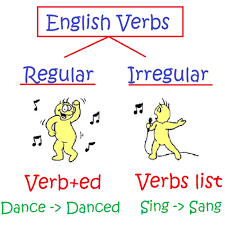algunos... y será o salpicado o no.
4.di que parte de la ópera está describiendo.
a) Con el telón bajado la orquesta toca en el foso. Estás escuchando...
b)Un joven canta una bella melodía lamentándose de un amor perdido. Estás escuchando...
c)Un grupo de peregrinos canta mientras va caminando. Estás escuchando...
d) Un cantante narra la situación de uno de los personajes de la historia. Estás escuchando...
al final ha sido solo un ejercicio, pero SUERTE!!!













